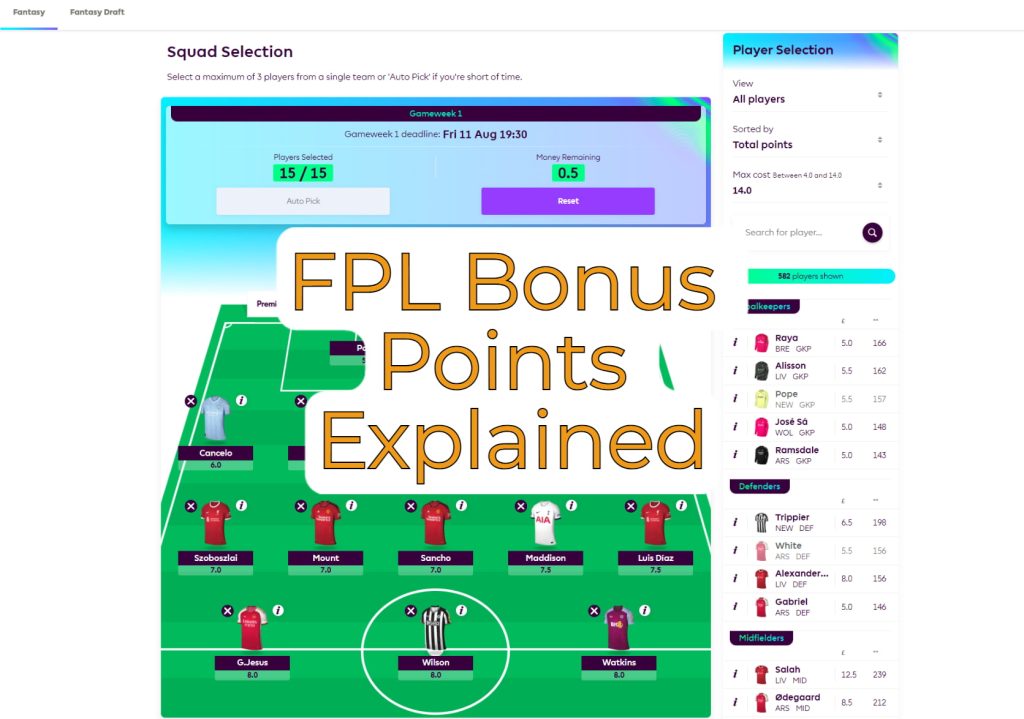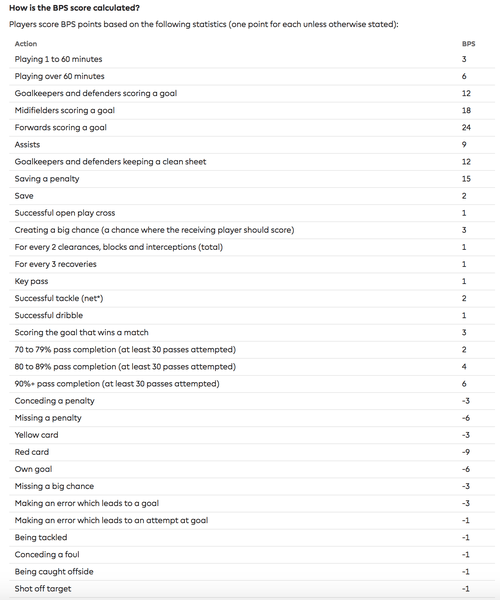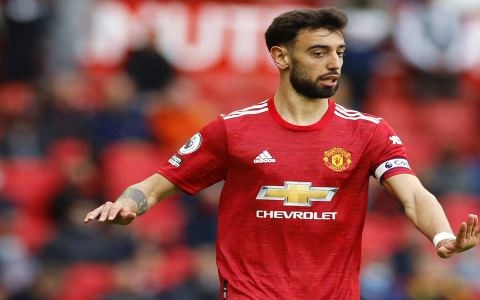Alright, folks, let’s dive into my little adventure with the Fantasy Premier League (FPL) bonus points system. I’ve been tinkering with it for a while, and I figured it’s time to share my experience, step-by-step, so you can maybe learn something from my, uh, “experiments”.

The Initial Mess-Up
So, first things first, I totally misunderstood how the bonus points were calculated. I thought it was all about goals, assists, and clean sheets, the usual stuff. I loaded up my team with big-name attackers, thinking I was a genius. I mean, who wouldn’t, right?
I started by picking players who I believed were guaranteed goal-scorers. You know, the guys always at the top of the charts. I ignored the cheaper options, the defenders who might sneak in a header, or the midfielders who were consistent but not flashy. My team looked great on paper, full of superstars.
The Reality Check
Then, the first few game weeks hit me like a cold shower. My captain blanked. My super-expensive striker got subbed off early. And guess who was racking up the bonus points? A defender from a mid-table team who had a couple of tackles and interceptions, and kept a clean sheet. I was floored. I had been so wrong.
I realized I needed to actually, you know, read the rules. I went to the FPL site and dug into the Bonus Points System (BPS) details. It turns out there’s a whole bunch of stuff that contributes: tackles, interceptions, key passes, successful dribbles… you name it.
The Rebuild
This is where the real work began. I started tracking players’ BPS scores during the matches. Not just the final scores, but how they were accumulating throughout the game. I noticed certain players consistently did well in specific areas, even if they didn’t score.

- I focused on defenders who were actively involved in the game, not just those on teams that “usually” keep clean sheets.
- I looked for midfielders who were creating chances, even if those chances weren’t always converted.
- I even started considering goalkeepers who made a lot of saves, because, surprise, saves count!
The Slow Grind
It wasn’t an overnight fix. It took several game weeks of tweaking, transferring players in and out, and generally feeling like I was making it up as I went along. I learned that sometimes, a player having a “good game” doesn’t translate to FPL points. A flashy winger might dribble past five players, but if he loses the ball at the end, it’s not going to help his BPS.
I slowly started to see an improvement in my bonus points haul. It wasn’t dramatic, but it was consistent. A few extra points here and there, week after week, started to add up. It felt like a much more, I don’t know, earned way to get points, rather than just relying on the big names to bang in goals.
The “Aha!” Moment
The real “aha!” moment came when I realized I could predict, to some extent, which players were likely to get bonus points based on their playing style and their team’s tactics. I started to anticipate which matches would be open and attacking, leading to more chances (and therefore more BPS opportunities) for certain players.
I’m still no FPL guru, far from it. But I’m definitely getting better at understanding the bonus points system. It’s a grind, for sure, but it’s a satisfying one. It’s about finding those hidden gems, those players who consistently do the little things that add up to big points. And it’s definitely made me watch football in a slightly different, more nerdy way.














